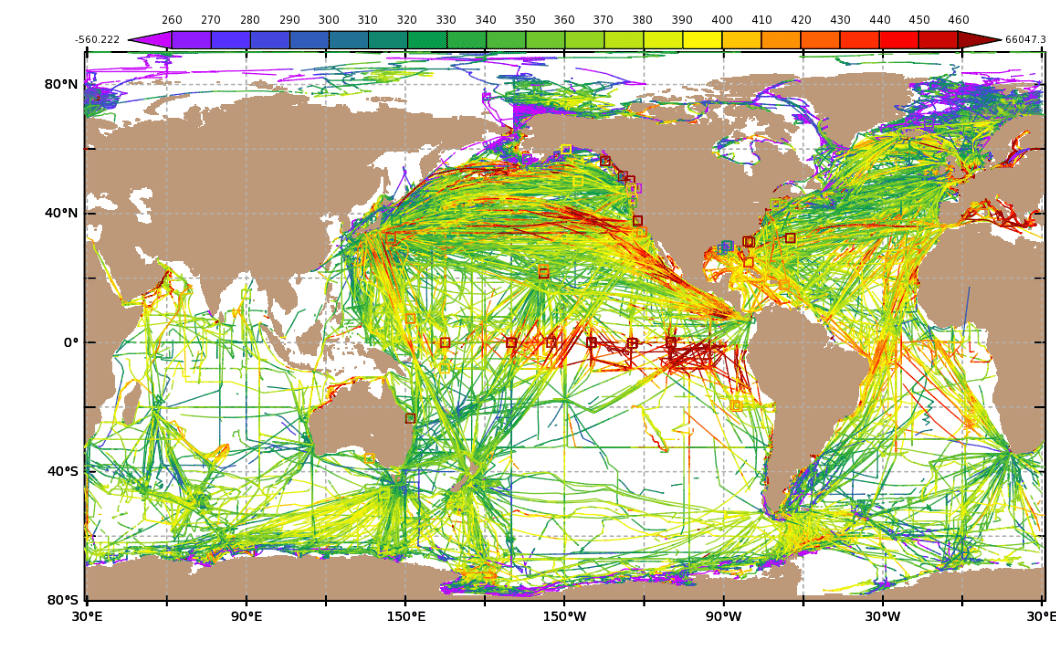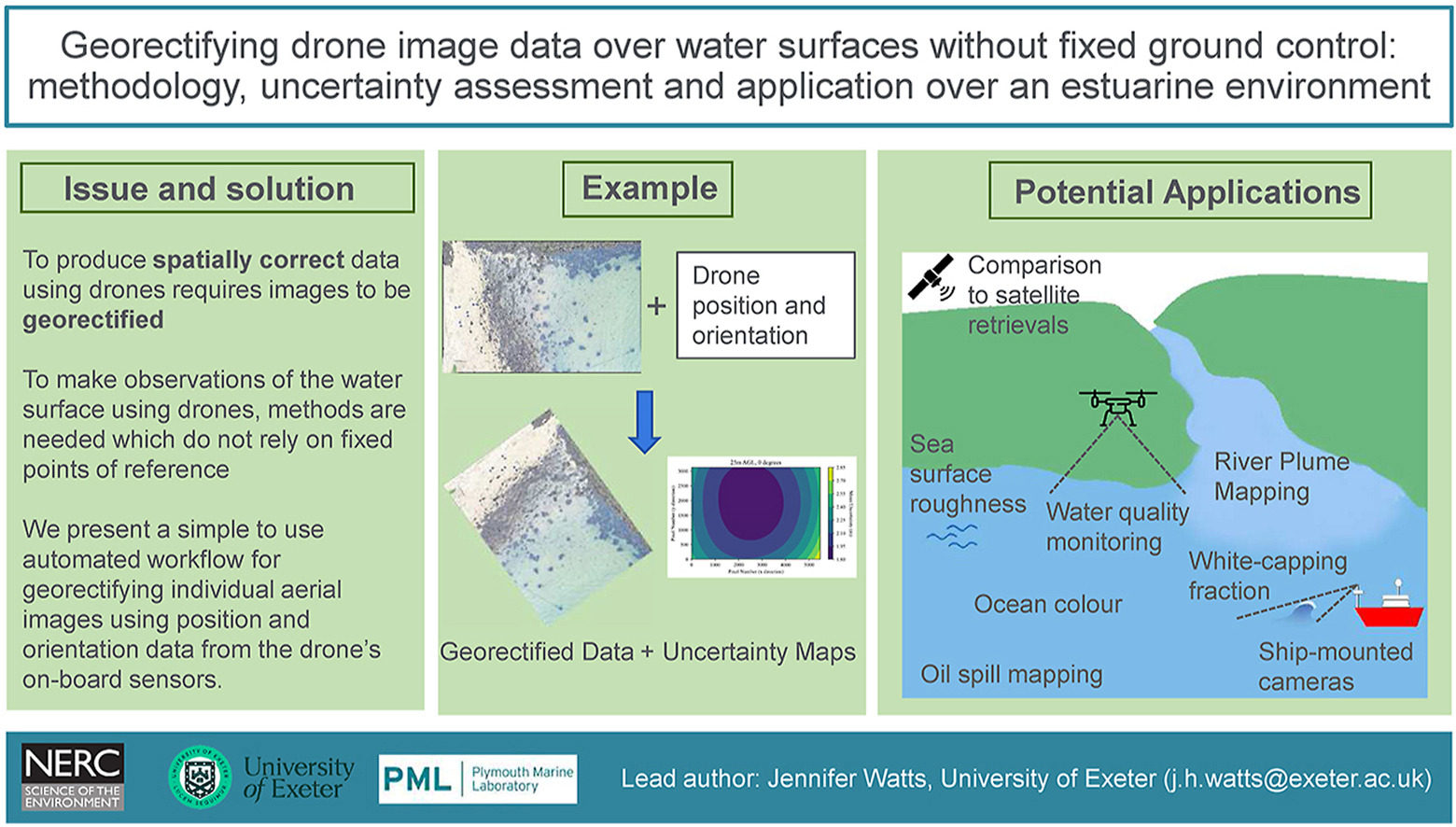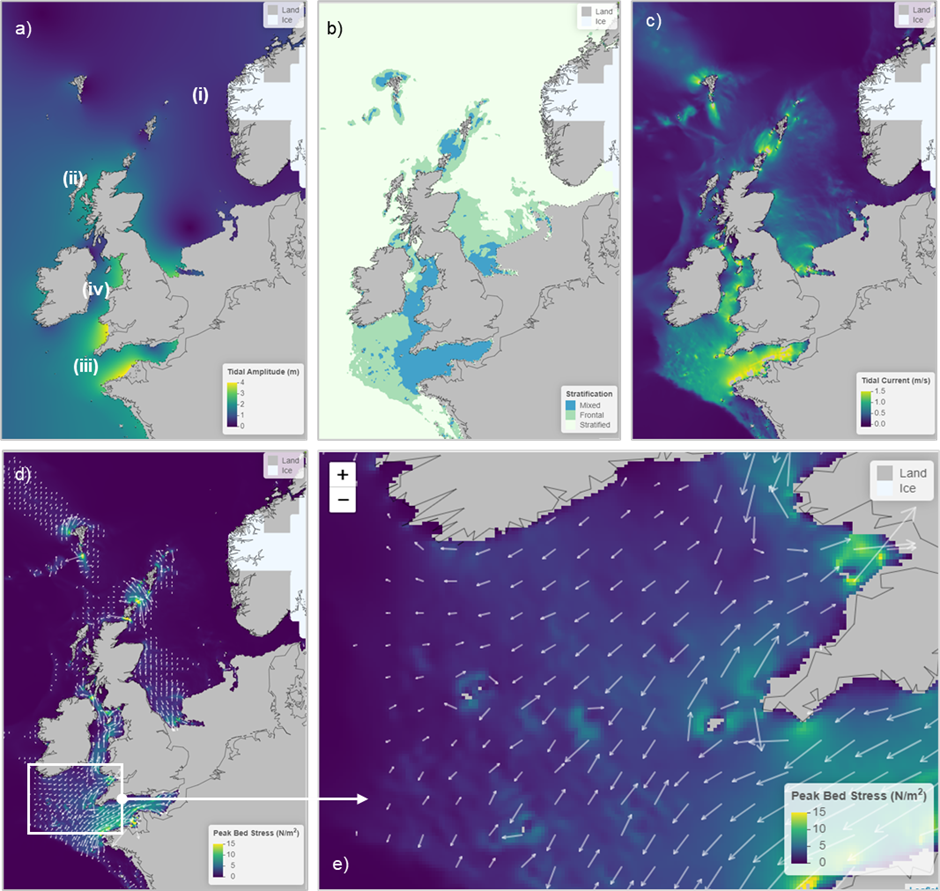Open Source Portal
The Harvard Dataverse is a web-based data repository where all research data collected through the Convex Seascape Survey is stored. The repository is free to use, and you can download, share, cite and explore our data - from environmental, biological and historical datasets, to maps and photographs. We believe in this open-source approach to facilitate transparency and the advancement of knowledge, which is particularly needed in the rapidly-evolving field of blue carbon science.

Reanalysed (depth and temperature consistent) surface ocean CO₂ atlas (SOCAT) version 2022 (v2022-0)
The Surface Ocean CO₂ Atlas (SOCAT) version 2022 dataset (Bakker et al., 2016;) is a quality-controlled dataset containing 33.7 million surface ocean gaseous CO₂ measurements collated from thousands of individual submissions. These gaseous CO₂ measurements are typically collected at many different depths (of the order of several metres below the surface) using many different systems, and the sampling depth varies dependent upon the sampling platform and/or setup. Different platforms (e.g. ships of opportunity, research vessels) and systems will collect water samples at different depths, and the sampling depth can even vary dependent upon sea state. Therefore, the collated SOCAT…


Georectifying drone image data over water surfaces without fixed ground control: Methodology, uncertainty assessment and application over an estuarine environment
Light-weight consumer-grade drones have the potential to provide geospatial image data to study a broad range of oceanic processes. However, rigorously tested methodologies to effectively and accurately geolocate and rectify these image data over mobile and dynamic water surfaces, where temporally fixed points of reference are unlikely to exist, are limited. We present a simple to use automated workflow for georectifying individual aerial images using position and orientation data from the drone’s on-board sensor (i.e. direct-georectification). The presented methodology includes correcting for camera lens distortion and viewing angle and exploits standard mathematics and camera data processing techniques. The method is…


An interactive visualization and data portal tool (PALTIDE) for relative sea level and palaeotidal simulations of the northwest European shelf seas since the Last Glacial Maximum
Relative sea level (RSL) predictions based on glacial isostatic adjustment (GIA) simulations and palaeotidal predictions generated by hydrodynamic models using GIA-generated palaeotopographies are available in the published literature, and datasets are available via data repositories. However, these data are often difficult to extract for specific locations or timeslices, requiring users to request datasets from corresponding authors. To overcome the intractability of these data and to enable users to interrogate datasets themselves without requiring offline requests, we have developed PALTIDE, an online visualization tool with intuitive user interface. The model domain for this interactive visualization tool is the…

